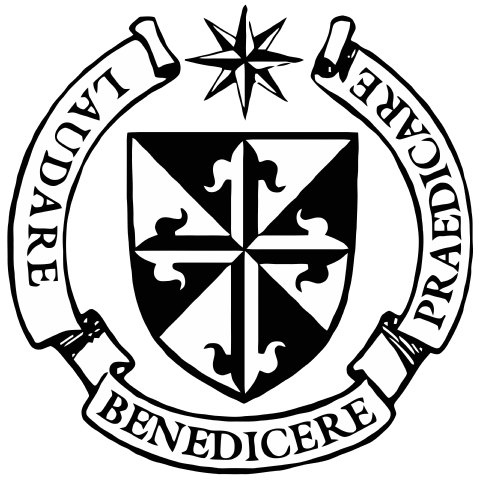Series on Saint Thomas Aquinas - Part Three
A Sapiential View
At one point in St. Thomas’s life, he was invited to the court of St. Louis IX, the King of France. As the legend has it, as he was entering Paris, someone was speaking of all the splendor of the great city, to which Aquinas reportedly replied, “I would rather have that [St. John] Chrysostom manuscript. I can’t get hold of.” Soon after, he then arrived at the court of the saintly king and was invited to the table. Again, as the legend has it, during the meal, St. Thomas, oblivious to all that was happening around him, slammed his fist on the table and definitively stated, “And that will settle the Manichees.” Even though he wasn’t the best house guest, the king was a saint and instructed his scribes to immediately write down what Thomas would dictate to them.
In both of these pericopes, we can see Aquinas’s mind was always in the world of truth. He sought it more than manmade glory and more than the greatest hospitality. Not just in these moments, but throughout the whole of his life, he sought to find truth in all things. While it is well known that his teacher St. Albert the Great wrote on philosophy, theology, botany, zoology, and a host of other topics, Aquinas only wrote on philosophy and theology, but what he gave us has guided the Church for centuries and made its way into the liturgy, ecumenical councils, the Catechism of the Catholic Church, and the minds and hearts of believers since his day. The search for truth guided everything for him.
This wasn’t just for any sort of truthful thing, though. Rather, it was the search for truth itself. In this, he ultimately sought how the one truth could be understood in a variety of ways. Philosophy led to truth; theology led to truth; and the various subjects like biology, mathematics, music, chemistry, and politics led to truth (that is when done correctly). Ultimately there is one truth, and all subjects should lead to that one truth.
In this, we see a sapiential vision for truth. All the elements and parts of it fit into something larger. They all reveal the deeper reality of Truth itself, but they do so in different lights and with different hues. In this way, the kaleidoscope of truth no longer needs to be refracted but can be caught up in the pure with light of reality and shine on the one Truth, God Himself.
A Servant’s View
St. Thomas’s search for wasn’t for some vainglory on his part. It wasn’t to perpetuate his teachings because they were his, but rather because they were God’s. Above all else, he was a servant of the truth who sought to share that Truth with anyone who would heed his words. There are even stories of times when St. Thomas would struggle to understand some theological question. It was said that when this happened, he would go to the chapel, rest his head against the tabernacle, and ask for clarity on the question. Sometimes the Lord would provide.
This should, in turn, give us some encouragement. We too are invited to be servants of the Truth, rather than ones who master it. We too are called to search through all fields of knowledge and see how the different aspects of truth that they highlight can be illuminated and clarified by what is true and comes from the Lord. We too are called to search for the Truth, to study it, to pray over it, even to proverbially lay our heads against the tabernacle (no need to do this last thing in actual fact, just proverbially) so that we may seek and find what is true, good, and beautiful.
St. Thomas’s intellectual legacy is one that is not only solidified by the Summa Theologiae but also by his approach to searching truth: bits and pieces of it could be found everywhere, but they all pointed to one thing, to one person, very Truth itself.
